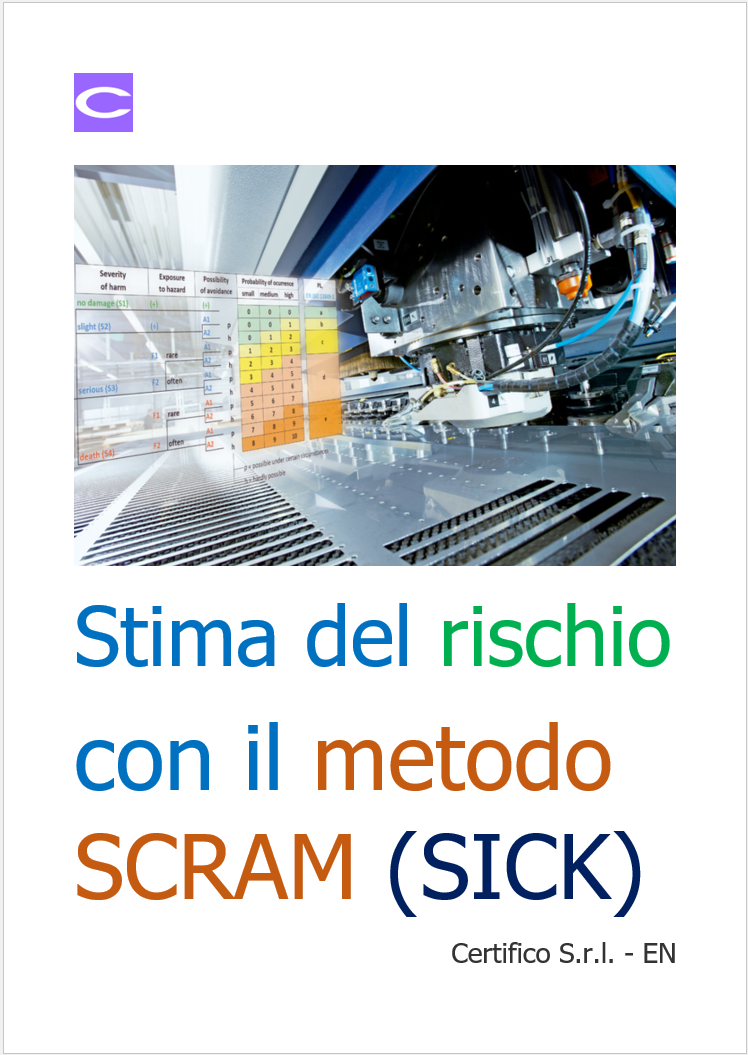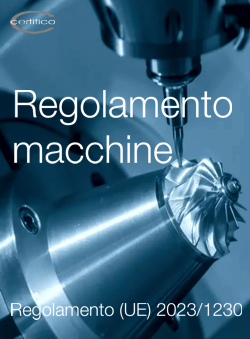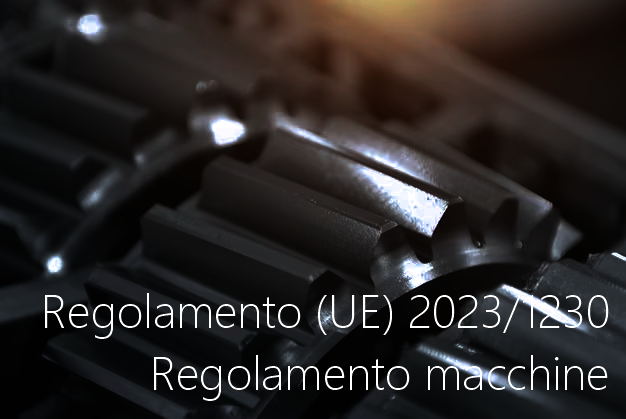Scalable risk analysis and evaluation method (SCRAM)
Stima del rischio con il metodo SCRAM (SICK)
ID 15490 | 19.01.2022 / Documento completo (EN)
Risk assessment and risk reduction for machinery - Part 3: Conducting risk estimation. Scalable risk analysis and evaluation method (SCRAM)
Fonte: SICK AG - WHITE PAPER 2019-02
….
Introduction
Scope
Machine risk assessment consists of a series of steps used to examine the hazards associated with machines and it consists of two stages, namely risk analysis and risk evaluation, as laid out in ISO 12100:2012. Risk analysis comprises three stages: determining the limits of the machine, identifying hazards, and estimating the risk.
After having completed the hazard identification phase, risk estimation is carried out for each identified hazard and hazardous situation. Risk is defined as a combination of the severity of harm and the probability of occurrence of that harm.
According to ISO 12100:2012, the probability of occurrence of harm can be estimated taking into account the frequency and duration of exposure to the hazard, the probability of occurrence of a hazardous event, and the technical and human possibilities to avoid or limit the harm. The combination of the severity of the possible harm with these three probability parameters will be used to estimate risk values which can then be used for comparison purposes. At the last stage of the assessment process, risk evaluation allows decisions on risk reduction measures to be applied to the machine.
The scope of this white paper is to provide a risk estimation methodology that has proved to be robust, and reliable while preventing errors when estimating risks.
Preface
This white paper is part of a series of papers describing the SICK process of risk assessment in combination with risk reduction:
- Part 2: Identifying task/hazard pairs
- Part 3: Conducting risk estimation
- Part 4: Integrating protective devices into (existing) control systems
- Part 5: Implementing emergency operations
- Part 6: Carrying out substantial modifications
Risk reduction process
General
All products and systems include hazards and, therefore, some level of risk. However, the risk associated with those hazards shall be reduced to an acceptable or tolerable levela. The iterative process of risk assessment and risk reduction for each task and hazard combination is essential in achieving acceptable risk (level of risk that is accepted in a given context based on the current values of society).
The objective of risk reduction can be achieved by the elimination of significant hazards, or by reducing each of the two elements (separately or simultaneously) that determine the associated risk:
- Severity of harm from the hazard under consideration
- Probability of occurrence of that harm
...
Add more
- Pubblicato: 19 Gennaio 2022
- Visite: 12979












